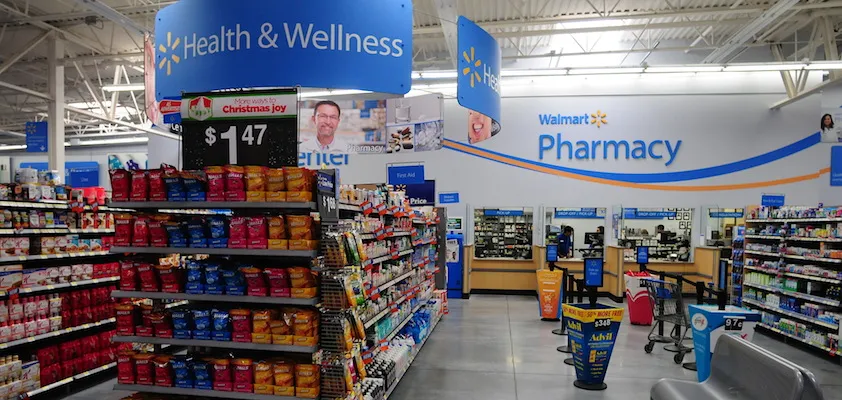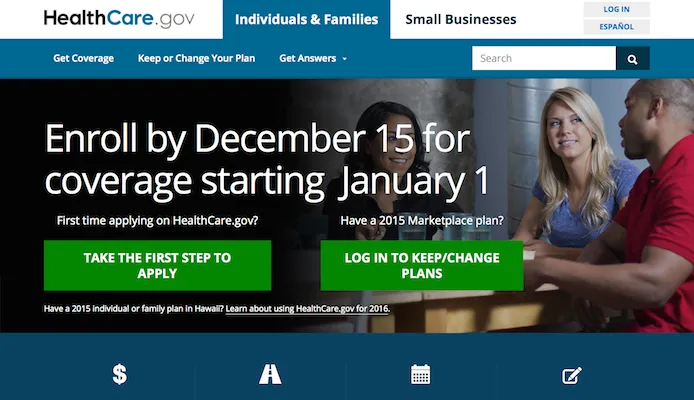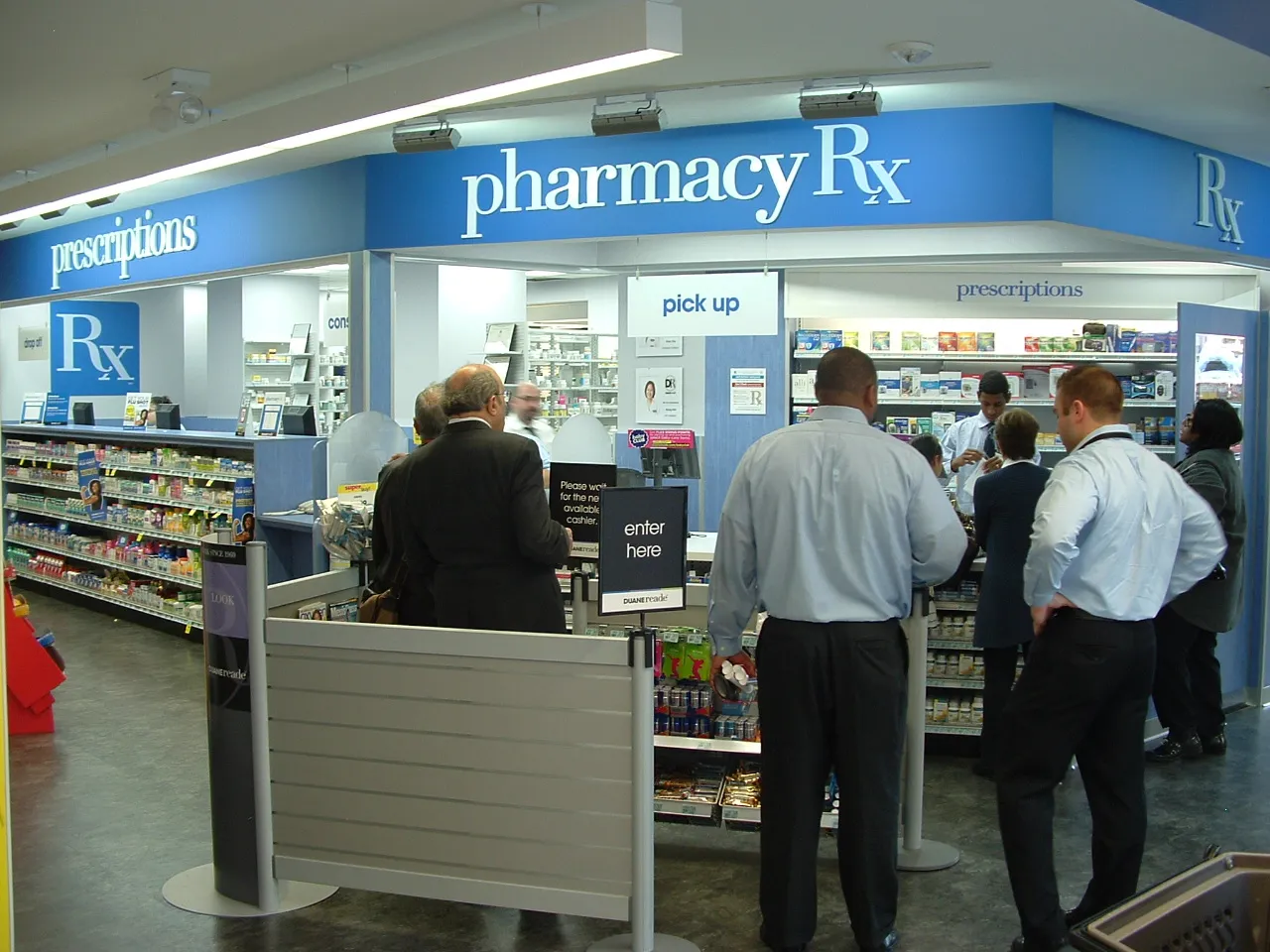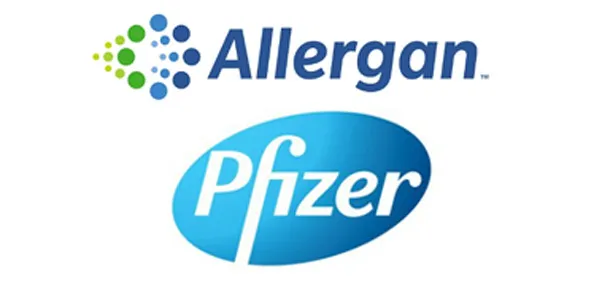In 2014 there were an estimated 3 billion Internet users worldwide, up from 2.8 billion by the end of 2013. The Indexed Web contained at least 4.59 billion pages as of this writing (March 16, 2015). The Worldwide Web is here to stay, and it is clearly not shrinking anytime soon.
Traditional methods of online content delivery have become interwoven into our everyday lives as a result — there’s hardly a person who doesn’t know how to navigate search engines, find what they want, and point and click their way to paying for it online. Meanwhile, new types of content and platforms appear daily, at an ever-increasing rate. Both retailers and brands are part of this growth. And like all other retailers, chain drug owners are increasingly developing their online and digital presence, something their customers expect more and more.
The continued growth of these online channels represents both an opportunity and a threat for brand owners. The opportunity is about reaching ever bigger audiences. And the threat is the growth of fraudulent e-commerce sites and pages hawking counterfeit products. While the Internet is a tremendous and relatively unfettered way of reaching masses of new customers, the anonymity and, again, relative deregulation of the Internet open the way for countless acts of cybercrime, including scams and bogus offers, massive amounts of counterfeiting of branded goods, and many other forms of brand infringement.
Just looking at counterfeiting for a moment, there’s hardly an area of retail that’s not seriously affected by it — and even the most trusted chain drug stores are right at the top of the hit list. Whether it’s a blue pill, a compact or lipstick, a smartphone case or perfume, fake branded products have taken a serious chunk out of the global retail economy — by one estimate, up to $250 billion a year.
Recently counterfeit beauty products have come into the spotlight as a growing problem, as a real and serious health threat as well as the obvious brand devaluation and reputational risk. Last June, ABC’s David Muir investigated fake Mac brand eyeshadow being sold in a dollar store in Manhattan and found that it contained five times the acceptable amount of lead and 20 times the amount of copper the human organism can sustain, as well as beryllium, a known carcinogen.
Fake prescription drugs are still among the worst counterfeit threats: This January, the Food and Drug Administration even issued a general policy statement on counterfeit medicine that includes specific warnings about fake Cialis, Adderall and even some cancer medications, in addition to the much-chronicled Viagra.
While increasingly convincing fakes can be spotted and removed from the market, it’s also critical for brand owners to have an online protection strategy in place to find the cybercriminal outlets for these hazards, and cut them down at the source. For while the occasional batch of bad medication can find its way into the legitimate pharmacy, the much-larger-scale threat comes from online sales, whether through a legitimate drug store’s own website, countless online pharmacies of shady repute, or offers disseminated through email and social media.
Building an online brand protection plan
I’ll repeat that, ubiquitous though on-the-ground knock-offs have become, the broader threat is coming from the Internet. Not only is global manufacturing and sourcing at the behest of the Worldwide Web but the rapid growth of e-commerce has meant that many shoppers go online and, willingly or unwittingly, buy low-cost counterfeit goods simply because they have unprecedented access to them. We recently fielded some research in Britain indicating that one in eight online shoppers would knowingly buy a counterfeit gift for a loved one. This speaks as much to the stagnant economy as to any shift in social mores. But it’s clear that retailers need to understand the online environment’s underbelly and get a measure of its potential to negatively affect their brand and trademarks.
First, take stock of your online brand presence — and accept the fact that you’re likely up against brand infringement. In a recent survey we conducted, 93% of executives think that protecting their online assets will become more important or remain just as important over the next year; ironically, the same research reveals that 60% of businesses have no system in place to protect their intellectual property online. So examining the threat squarely is step one.
Next, conduct an initial audit of activity on social media platforms and mobile app stores. The audit should focus on the key issues that are most likely to affect your individual brands and trademarks — for example, pharmaceutical and cosmetic products are physically small enough, and thus easy to ship, that you might focus on direct online sales in addition to activity that promotes the distribution of counterfeit goods.
Now it is time to prioritize. A scoring system that is specific to the most important brands and infringements will allow for strategic decisions based on activity seen in real time, and it will enable your organization to focus on the enforcement that matters the most.
Don’t forget social media and mobile
Some brand owners have commented that social media platforms are the world’s biggest free advertising networks. Counterfeiters targeting average consumers rely on advertising their products online, too, and especially through social media. Add to that the challenge of mobile — an even shakier platform through which to reach customers and simultaneously try to protect your brand — one that also is in no danger of disappearing anytime soon. By January 2014 mobile devices accounted for 55% of Internet usage in the United States, and apps made up 47% of Internet traffic, according to Comscore.
Infringements specific to retail and brands have been seen on many mobile app sites — for example, the inclusion of brand imagery or trademarks to legitimize unauthorized apps and sales; apps that impersonate brands in order to offer counterfeit goods to consumers or businesses; and even apps that offer software to hack into third-party security systems. Infringers also exploit mobile app stores as an ideal shop front. Our research shows that mobile app users are less likely to question app legitimacy. This presents a further challenge to the consumer as well as to the brand owner.
Taking them down
Let’s turn now to the business of taking the fraudsters down. At this point, it’s still the brand owner’s responsibility to detect and prioritize actions against individual infringements. A number of remedial actions are available to remove or disrupt infringing material squatting on social media platforms. These include using the platform’s own reporting mechanism for intellectual property infringements to request suspension of the account and/or content; using search engine mechanisms (Google et al.) to remove links, thus disrupting traffic to fake sites; and directly asking the infringer to take down the fraudulent content.
Taking a cue from the power that consumers are gaining, our experience shows that lobbying by brand owners and their representatives can bring about positive change on the policies of individual sites.
ROI: More to gain than peace of mind
There are many ways to chart the success of your online brand protection strategy — a rise in sales through legitimate channels; reduced consumer opportunities to buy counterfeit goods; a qualitative and quantitative increase in online traffic to legitimate sites; a reduction in brand infringements over time, which suggests that these actions are having a long-term deterrent effect; and an increase in successful enforcement actions. The potential return on investment that can be realized from an online brand protection strategy can actually be monetized.
Brands, whether at the retail or manufacturing level, cannot afford to ignore what’s going on, hoping that brand infringers and other cybercriminals — who are undercutting your business and damaging its reputation, not to mention posing a threat to the physical well-being of your customers — will go away. They won’t. Unless you take a measure of what’s going on, get a plan in place to remove them, and execute on it.
Haydn Simpson is product director of brand protection at NetNames, a firm specializing in global online security, brand protection and anti-piracy services. He can be reached at Haydn.Simpson@NetNames.com.








